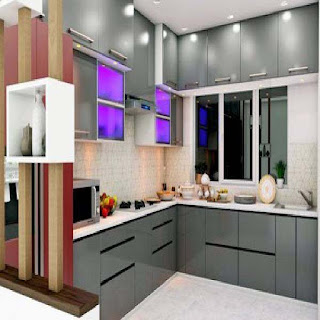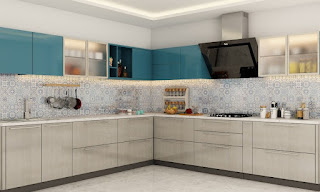Promoting your mobile repair shop through Google Ads involves creating targeted ad campaigns to reach potential customers effectively. Here’s a step-by-step guide to help you get started:
1. Set Up Your Google Ads Account
Create an Account: Go to Google Ads (https://ads.google.com) and set up an account if you don’t already have one.
Set Up Billing: Add your payment information to start running ads.
2. Define Your Objectives
Identify Goals: Set specific goals such as increasing phone calls, website visits, store visits, or appointment bookings.
Choose Campaign Types: Depending on your objectives, choose from Search, Display, Video, or Local campaigns. Search and Local campaigns often work best for mobile repair shops.
You may like:- Digital Marketing for Beauty Salon
3. Conduct Keyword Research
Use Google Keyword Planner: Find relevant keywords like “mobile phone repair,” “iPhone repair,” “screen replacement,” and “cell phone repair near me.”
Identify Long-Tail Keywords: Use specific phrases like “affordable iPhone screen repair in [City]” to target precise customer needs.
4. Create Ad Groups
Segment Keywords: Group related keywords together. For example, create separate groups for “iPhone repair,” “Samsung repair,” and “screen replacement.”
Craft Relevant Ads: Tailor your ads to match the keywords in each group.
5. Write Compelling Ad Copy
Highlight Unique Selling Points: Emphasize what sets your repair shop apart, such as quick turnaround times, certified technicians, warranties on repairs, or discounts.
Include Calls to Action (CTAs): Use phrases like “Call Now,” “Get a Free Quote,” or “Visit Us Today” to encourage immediate action.
Use Ad Extensions: Add site links, call buttons, location information, and review ratings to your ads to increase visibility and appeal.
6. Optimize Your Landing Pages
Ensure Relevance: Make sure your landing page matches the ad’s promise. If your ad promotes screen repairs, the landing page should focus on screen repair services.
Mobile-Friendly Design: Ensure your website is easy to use on mobile devices since many users search from their phones.
Easy Contact Options: Provide clear ways for potential customers to contact you, such as click-to-call buttons, contact forms, or live chat.
7. Set Up Location Targeting
Target Local Customers: Use location settings to target people in your service area. Set this to specific cities, zip codes, or a radius around your business.
Use Location Extensions: Show your address, map, and distance to your shop in your ads to attract local traffic.
8. Budget and Bidding Strategy
Set a Budget: Determine how much you’re willing to spend daily or monthly on your ads.
Choose a Bidding Strategy: Options include Manual CPC (Cost Per Click), Enhanced CPC, or automated strategies like Target CPA (Cost Per Acquisition) or Maximize Clicks.
9. Monitor and Optimize Campaigns
Track Performance: Use Google Ads’ analytics to track clicks, impressions, and conversions.
A/B Testing: Experiment with different ad copies, keywords, and landing pages to see what works best.
Adjust Bids and Budget: Modify your bids and budget based on performance to maximize ROI.
10. Use Remarketing
Reconnect with Visitors: Set up remarketing campaigns to target users who previously visited your website but didn’t convert. This keeps your shop top-of-mind and encourages them to return.
11. Utilize Google My Business (GMB)
Optimize GMB Listing: Ensure your Google My Business profile is up to date with accurate information, high-quality images, and customer reviews.
Local Search Ads: Link your GMB to your Google Ads account to run Local Search Ads that show up in Google Maps and local search results.
12. Analyze and Refine
Regular Review: Continuously review your campaigns to identify areas for improvement.
Adjust Strategies: Use data to tweak your keywords, ad copy, bidding strategies, and landing pages to enhance performance.
By following these steps, you can effectively promote your mobile repair shop through Google Ads and attract more local customers.
Read also:- 3 Mistakes to avoid while running a google ads campaign
If you are looking for a professional Google ads expert then you can contact us we provide ROI-driven Google Ads Services for mobile repair shops to get more customers. Email:- yogendra642@gmail.com
Whatsapp:- +919795387551
Buy Digital Products:- https://yogendrarkl.gumroad.com




